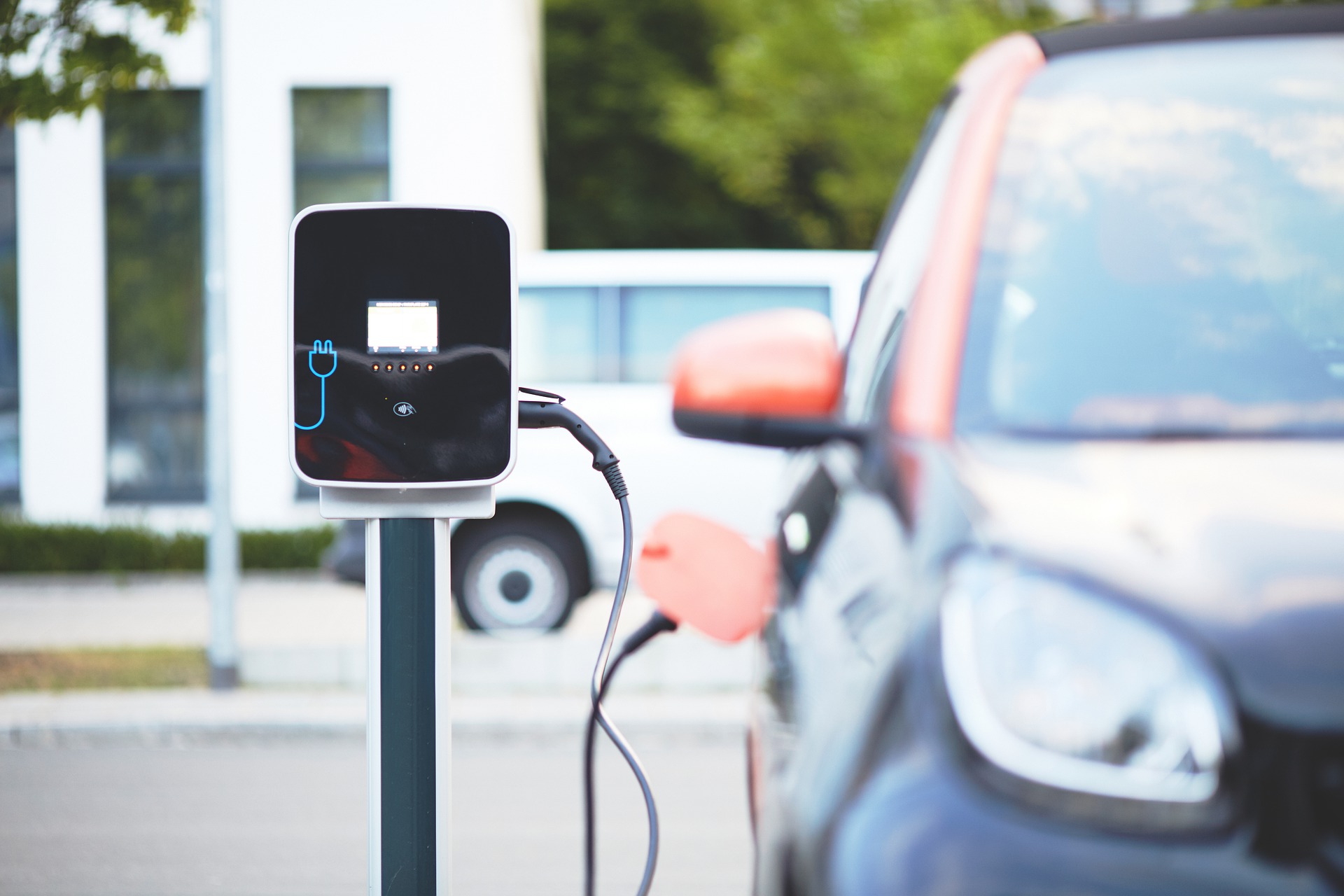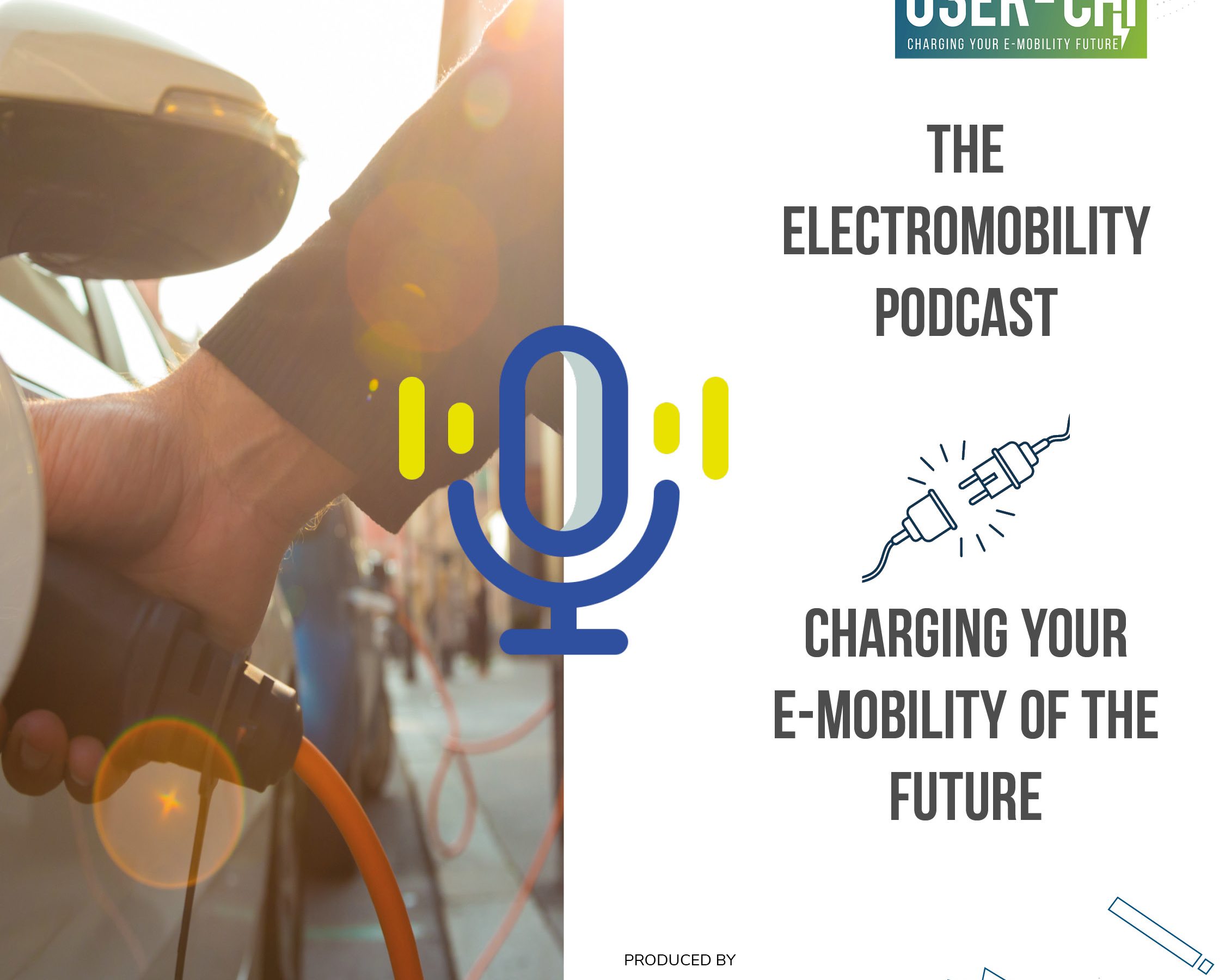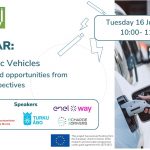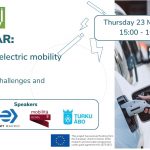Greater mobility, fewer cars in Florence

Florence has been awarded this year as the best creative destination in Italy “thanks to its strategy of merging creative hearts, tourism and sustainability,” explained Cecilia del Re, Deputy Mayor on Tourism, Environment and Sustainability, Innovation, Technology and Smart City of the municipality. For the deputy, mobility plays a crucial role in the achievement of the city’s prospects. Florence’s recovery strategy starts by becoming “a polycentric, welcoming, accessible and sustainable city in which good mobility becomes fundamental, especially due to the pandemic.”
In the Italian city, 100,000 out of 650,000 daily journeys are by car. “Florence has always promoted public transport over private intending to reduce the use of the last one,” Del Re says. But how to do so? “This doesn’t mean replacing private cars with electric cars, but it does mean reducing the number of cars and therefore moving towards cycling, sharing and walking,” explained Stefano Giorgetti in a podcast released by the city council during the European Mobility Week. Giorgetti is the Councillor for Major Infrastructures, Mobility and Local Public Transport, Municipal Police of the Municipality of Florence.
In the same programme, Alessandra Barbieri, Manager of Fundraising and European Projects, emphasises that they have set objectives for 2050 to reach the European targets. She explains that it was also possible to align with the recent Fit for 55 package, which gathers proposals on climate, energy, land use, transport, and taxation adopted by the European Commission. The aim? Reducing net greenhouse gas emissions by at least 55% by 2030 compared to 1990 levels. Indeed, the plan envisages an even more significant reduction in emissions in the city of up to 60%.
The road towards zero emissions
The historic centre of Florence is an enormous attraction towards which many roads converge. Today there is already an effective traffic restriction system covering the historic centre. Still, it will be extended to provide a more articulated and flexible traffic control system outside the historic centre and effectively direct the demand for car transport towards other, more sustainable modes.
Indeed, in 2021, for the second year in a row, the Italian Federation for the Bicycle and the Environment awarded the city the flag of the bicycle-friendly municipality. “The award was presented based on an assessment of the city’s cyclability,” explains Vincenzo Tartaglia, Director of Infrastructure and Mobility of the municipality. “For example, the set of infrastructures that make it suitable for cycling. Not only the kilometres of cycle lanes but also the limited traffic zones, pedestrian areas, 30 km/h speed limit zones and finally the governance of cycle mobility development.”
Florence is the second city globally to launch a bike-sharing service that allows companies to deploy their bikes on the street. The infrastructures are in place, but the use of bicycles in daily journeys is still low (only 7%). However, according to Giorgetti, 24% “will want to use the bike. This means an important change in mentality for our road system.”
To encourage the use of public transport and decongest the urban spaces from cars, the city aims to develop an efficient intermodal exchange system where it is possible to leave the private car and get on regular public transport. “Indeed, Florence became the first Italian example of a drive-in tramway, representing a success story that can lead the way in creating a wide and structured intermodal exchange system,” explained Tartaglia. The star of public commuting, the tramway system, covers 17km and carries around 37 million passengers a year.
Last but not least, to improve road safety, the city council has implemented the concept of 30 zones. Cyclists and walkers go simultaneously as car drivers at a low speed, which becomes essential to avoid accidents. They cover a total of 135 km, almost 10% of Florentine roads.
Go electric!
According to an analysis conducted in 2010, 34% of the pollution of Florence comes from mobility. The municipality invested in modernising the transport infrastructure network “from planning to action”, says Barbieri.
Tartaglia said that Florence “is aiming to become the national cathedral of electric mobility” and is looking for sustainability since solar panels will power the charging point for a completely green experience.
The goal is sustainable development to walk towards a zero-emissions city. With that aim, the Italian town participates in User Chi, the project on electric charging infrastructure Eurocities is part of. Along with six other European cities, Florence cooperates to replicate innovative solutions around seven connecting nodes of the Mediterranean and Scandinavian-Mediterranean Trans European Network-Transport (TEN-T) corridors.
The city explains that the availability of safe docking stations becomes a challenge that limits the private ownership of light e-vehicles. The user-centric solution is to create safe docking and recharging points for people to drop off their bikes. Tested in Florence, it will be upscaled by using solar panels for a fully sustainable experience.
Since 2015, the local administration has invested in e-charging infrastructure, creating and managing about 200 charging stations. The plan is to add another 100 through private investments. Shared mobility has invested in e-vehicles by buying 1,000 e-bikes, 900 scooters and 600 Vespa-type scooters. E-bikes use was adapted to the city for journeys like homework or home-school and mixed with public transport.
One year before, Florence had promoted the use of free-flow car sharing with a substantial number of e-vehicles. The Italian city is also the national leader in innovating on free flow bike-sharing and introducing the service. Three hundred thousand users registered before the pandemic and more than 1.5 million km were biked in a year. Today they have added an e-scooter sharing service with 900 vehicles and 600 motorbikes.
A data-driven mobility
“Florence embraces an integrated strategy for smart mobility in which all forms of movement of vehicles and people in the city are coordinated and monitored in an integrated and organic way,” says Barbieri.
Florence collects data analysed in real-time to manage traffic using an intelligent platform that coordinates all innovative urban mobility systems. This enormous amount of information is also used to keep citizens updated via a free app that gives info on traffic, construction or charging stations. Also, those who cycle receive news on paths and safety, the nearest bike parking spots/racks and the bike-sharing network. The app also notifies users 48h in advance about changes in parking times due to construction works or cleaning.
“We want to encourage our users to consider different mobility options for their home, school or work trips,” explains Chiara Lorenzini, Data Specialist, municipality of Florence. “Our mission is to support the user to improve their mobility experience by helping them to choose the best trip according to their needs but also making them aware of the impact their choice has in terms of CO2 emissions and environmental cost in general.”
As Alessandra Barbieri stated: “Conscious and sustainable choice is our goal. Smart mobility is the tool.”





